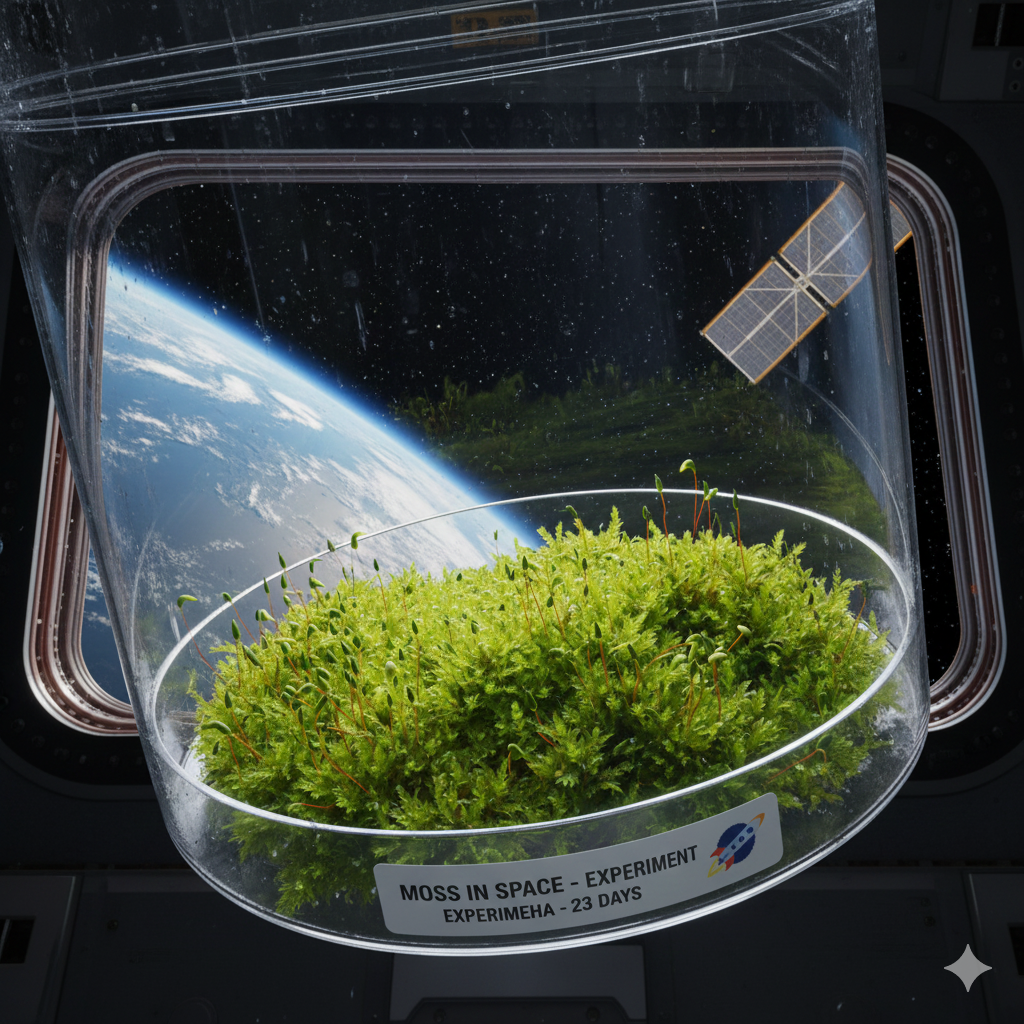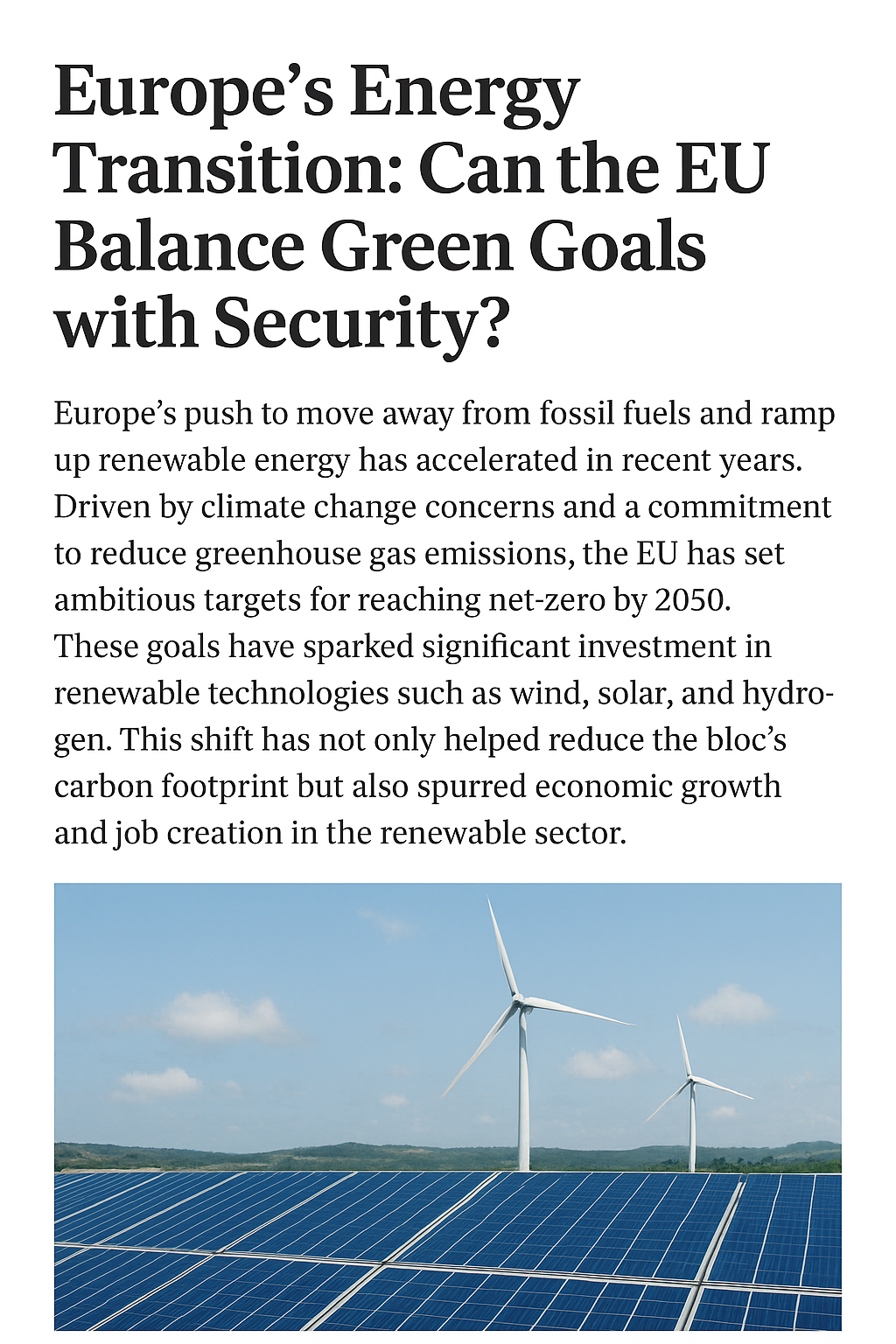The Experiment and the Shocking Result
In a groundbreaking astrobiology experiment, researchers from Japan’s Hokkaido University placed specialized capsules containing the spores of the moss species Physcomitrium patens (spreading earthmoss) on the exterior of the International Space Station (ISS). The samples were subjected to the full, unshielded harshness of space—including a hard vacuum, extreme temperature fluctuations, and intense cosmic and ultraviolet radiation—for a total of 283 days. Against all expectations, the spores were returned to Earth, and a staggering over 80% remained viable, with almost all of the survivors successfully germinating.
The Mechanism of Survival: Terrestrial Adaptation Goes Cosmic
The remarkable survival rate provides key insights into the intrinsic durability of early land plants. Scientists theorize that the moss’s resilience is rooted in the adaptations it developed 500 million years ago to transition from aquatic to terrestrial life on Earth. The key protective element is the thick, chitin-like outer wall of the sporophyte (the capsule containing the spores). This structure acts as a dense, protective shield, absorbing deadly UV radiation and insulating the cell’s genetic material from the worst of the vacuum and temperature extremes. Lead author Dr. Tomomichi Fujita noted that this finding is “striking evidence that the life that has evolved on Earth possesses, at the cellular level, intrinsic mechanisms to endure the conditions of space.”
Implications for Deep Space Exploration and Terraforming
This discovery holds massive implications for the future of space colonization and bio-engineering. While the ISS experiment was done in low-Earth orbit, mathematical models based on the data suggest that these hardy moss spores could remain viable for up to 15 years in similar space conditions. This longevity and resilience make moss a potential cornerstone for developing sustainable, self-contained ecosystems in off-world habitats. Scientists believe that moss could contribute to:
-
Life Support Systems: Aiding in oxygen generation and humidity regulation on the Moon or Mars.
-
Soil Formation (Terraforming): Acting as a pioneering organism to break down and colonize extraterrestrial soils, paving the way for more complex plant life.
The next steps involve testing the moss’s ability to actually germinate and grow under simulated Martian and Lunar conditions, pushing the boundaries of what is possible for sustainable human presence beyond Earth.
700 701 702 703 704 705 706 707 708 709 710 711 712 713 714 715 716 717 718 719 720 721 722 723 724 725 726 727 728 729 730 731 732 733 734 735 736 737 738 739 740 741 742 743 744 745 746 747 748 749 750 751 752 753 754 755 756 757 758 759 760 761 762 763 764 765 766 767 768 769 770 771 772 773 774 775 776 777 778 779 780 781 782 783 784 785 786 787 788 789 790 791 792 793 794 795 796 797 798 799 800 801 802 803 804 805 806 807 808 809 810 811 812 813 814 815 816 817 818 819 820 821 822



